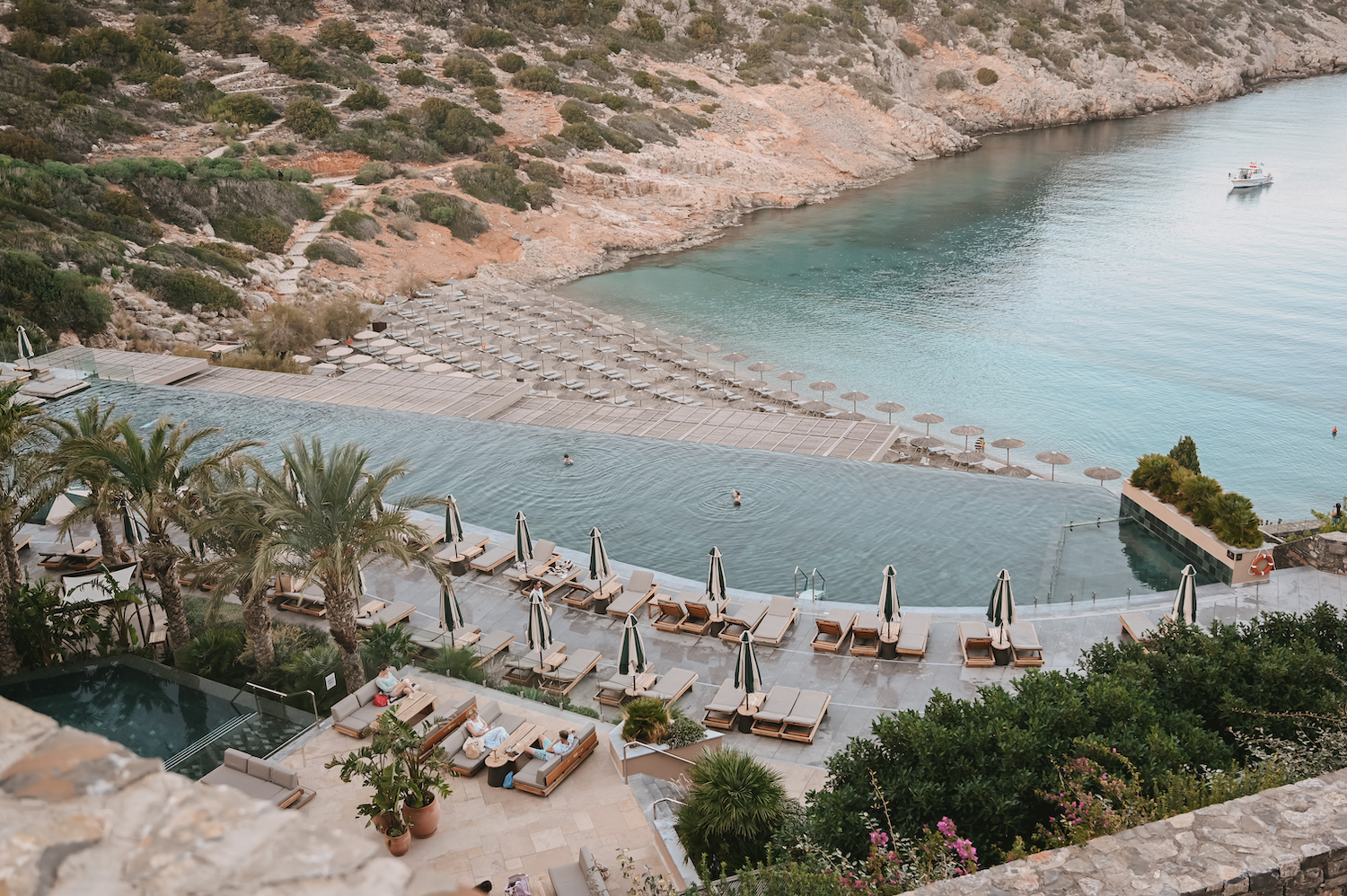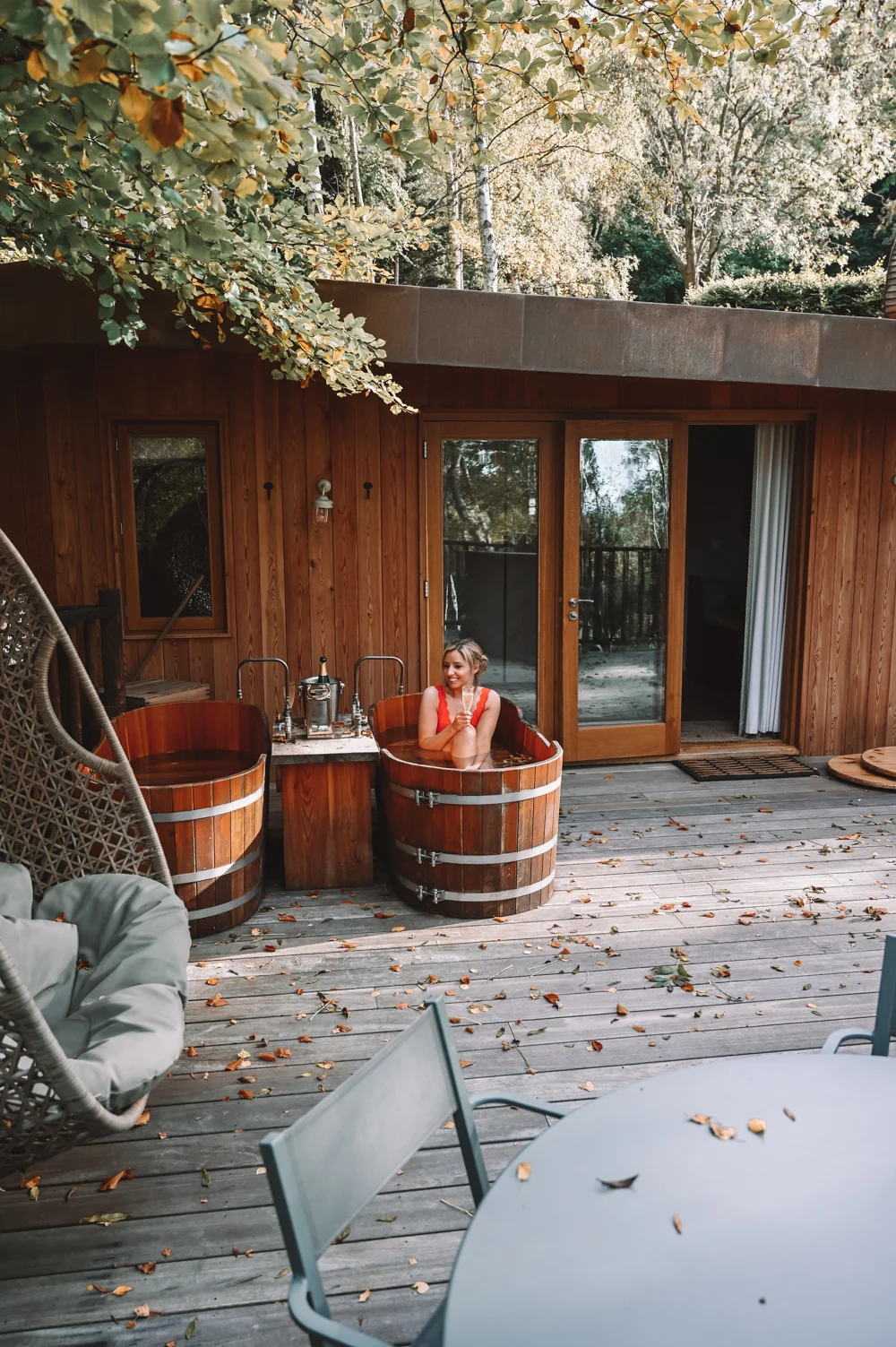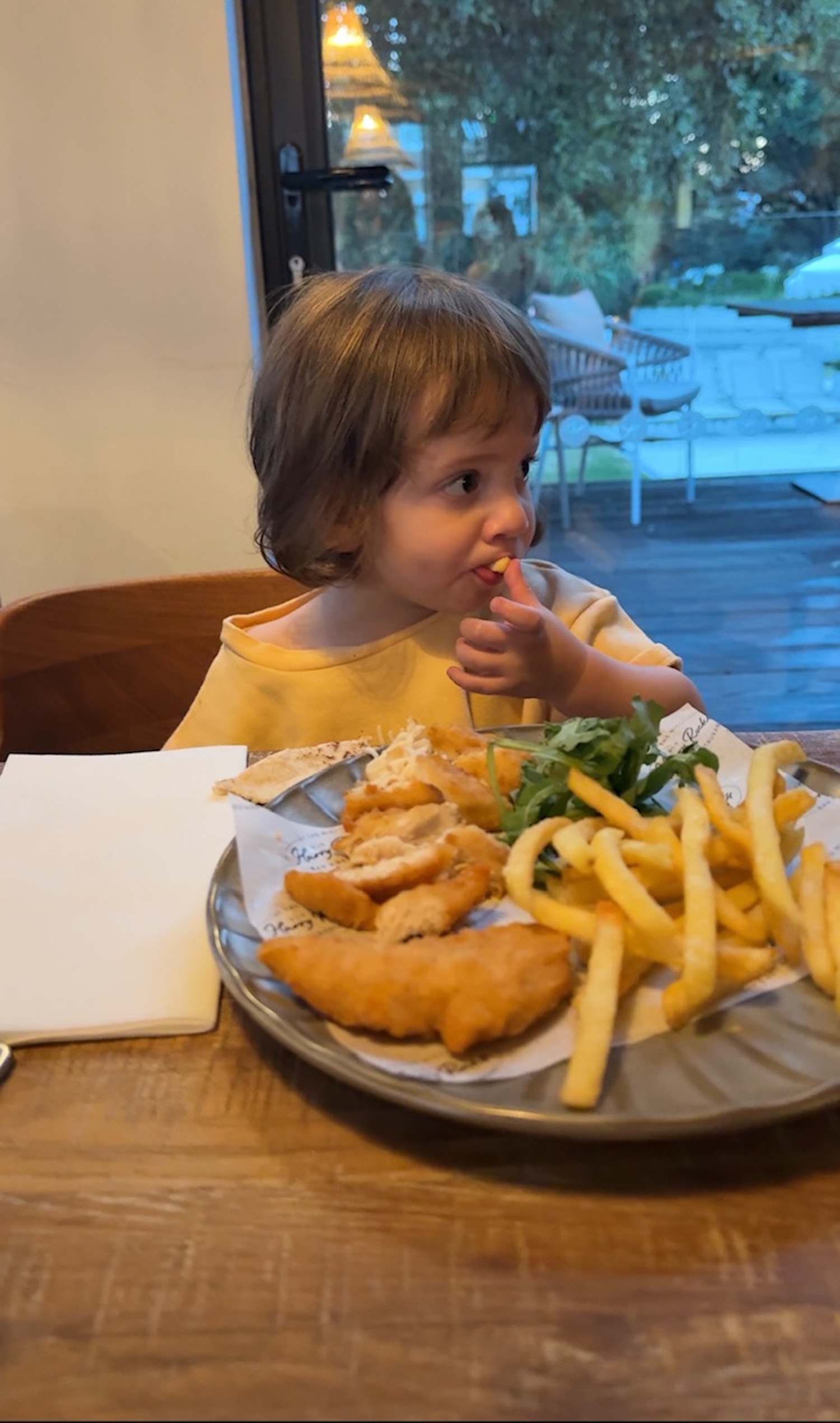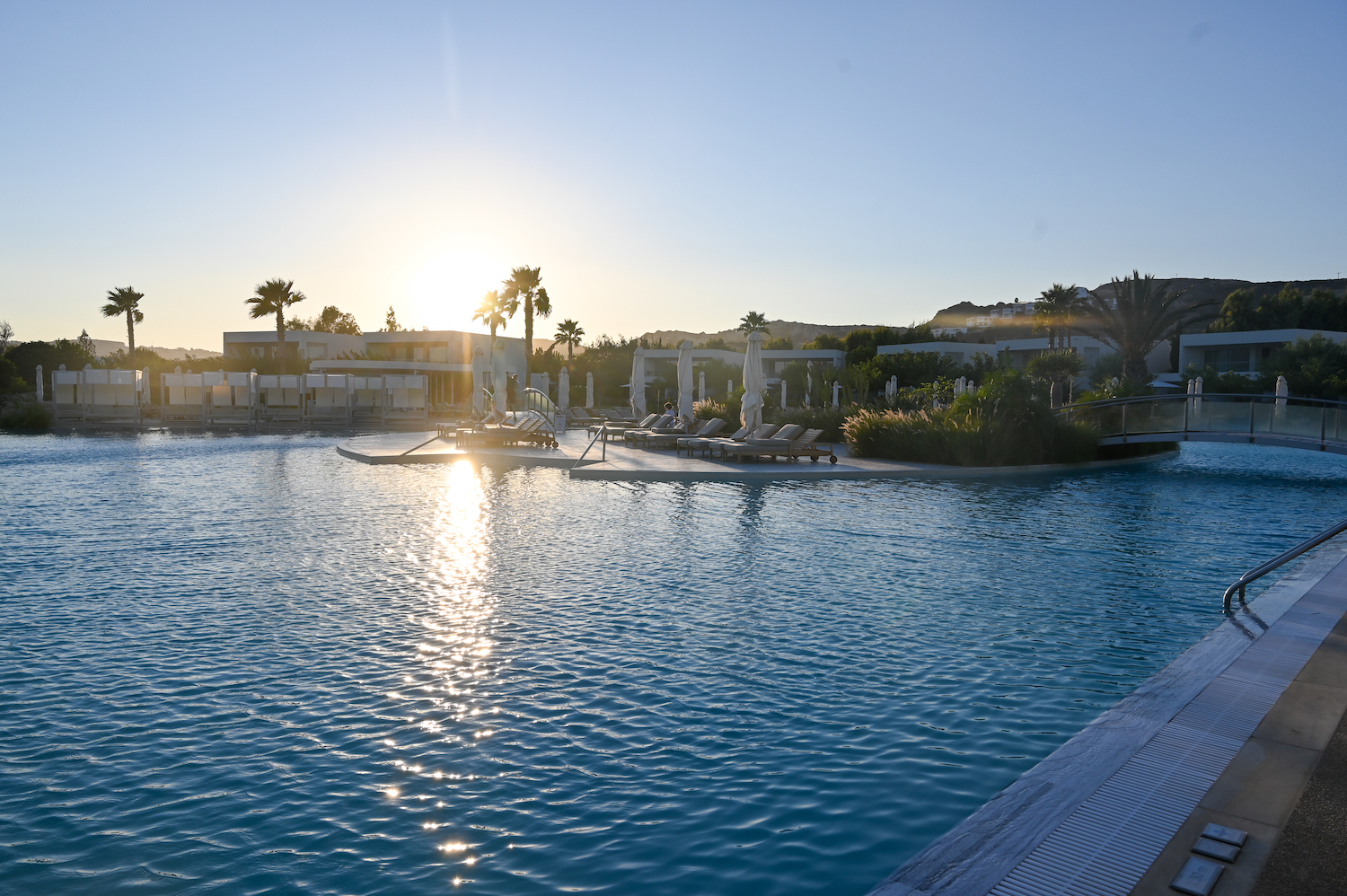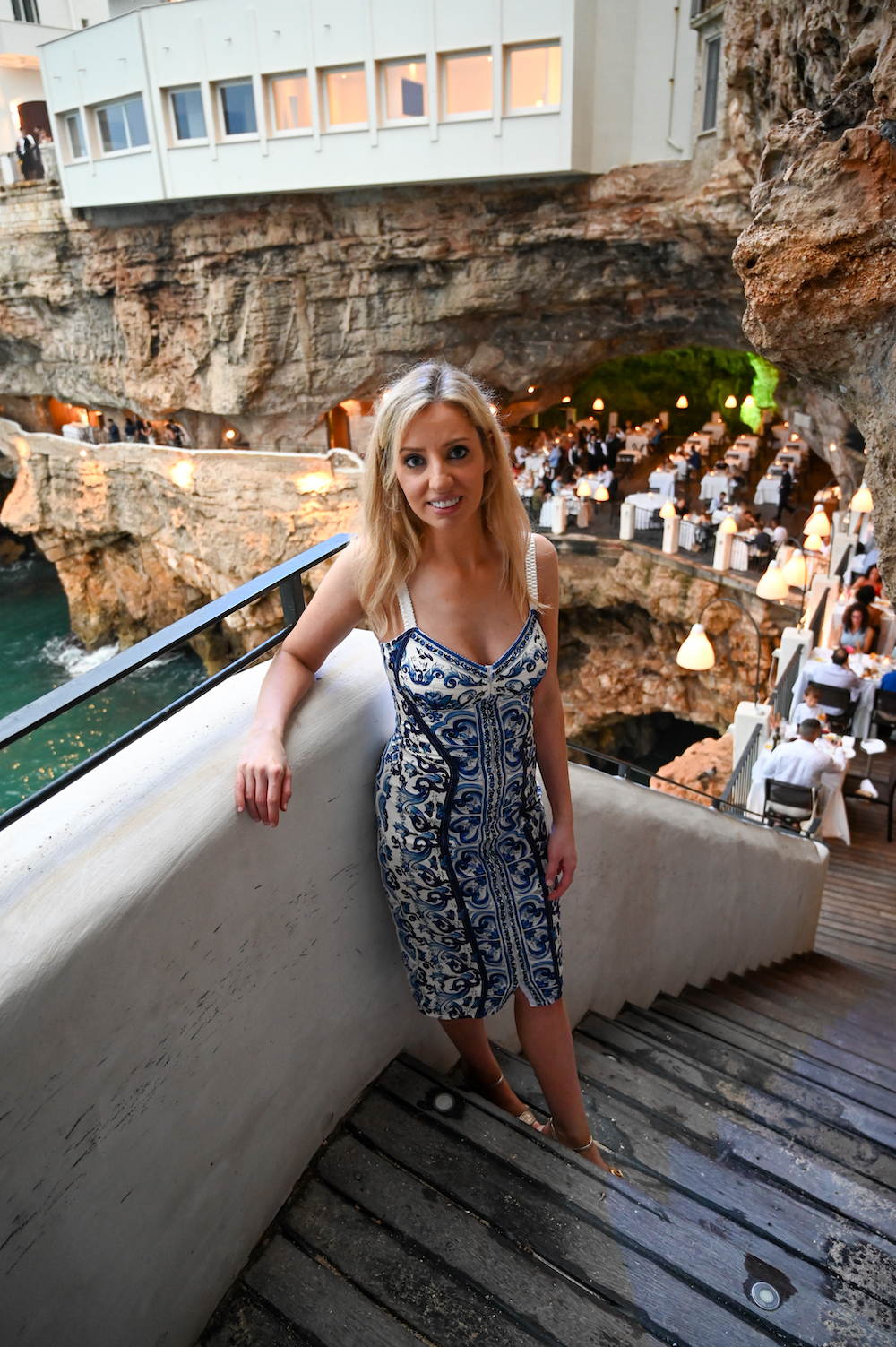Mr S and I had a really limited time in Santiago so we decided to have one really amazing night and book Boragó. Listed No.42 in the world and No.5 in Latin America, Boragó is also officially the best restaurant in Chile. We already knew we were in for a treat when we arrived to see one of the chefs smoking a lamb in the courtyard of the restaurant and after a warm greeting from the staff we took a seat in the chic and minimalistic restaurant. On offer is a 10 course (Endemica) or a 6 course (Raqko) menu and we went for the latter as we had an early flight the next day and were happy to get a flavour of the restaurant rather than the whole shebang. 
We whet our appetites with a pisco sour before the meal commenced properly. Now as Peruvian food has become very common in London, I had just assumed pisco and pisco sours were Peruvian. Actually there is a long rivalry between Peru and Chile over who invented pisco and where the first pisco sour cocktail was made – there is evidence to support both sides so who really knows. I’ve tried the Peruvian pisco sour in London, a cocktail made from Peruvian pisco as the base and with additional freshly squeezed lime juice, syrup, ice, egg white and Angostura, and personally I’ve never been a huge fan. However, made with Chilean pisco and pica lime and without the egg white and bitter, the Chilean Pisco Sour is a revelation and I loved it!

Marraqueta bread was our first morsel, it’s a traditional Chilean bread with a crunchy texture serves as a pair like this. Dating back to Valparaíso, in the late 19th and early 20th centuries, it’s not only the most widely eaten type of bread in the country but it is culturally significant in the same way as the baguette in France. It’s served with a pajarito (herb) butter. I wouldn’t normally comment on the water we’re served but here’s it comes from the rain of Patagonia and is as pure as can be!


Our first course was chupe of autumn ‘loyos.’ We were shown the loyos or mushrooms first and then our server returned with the dish. Chupe is the name for a stew and this first dish was a delicious comfort wood. All vegetables are fresh and local and grown only 30 minutes from the restaurant in the most natural way possible.
Chef Rodolfo Guzmán opened the restaurant in 2006 after working in many highly regarded restaurants in Chile and in Europe. For him Boragó is all about championing Chilean ingredients and techniques with an emphasis on the importance of native products from the sea, forest, valley and mountain. He also highlights the importance of the quality of working with local communities and producers. With a coastline of over 4,000 kilometres and an incredible diverse landscape, the different ingredients available is both mind-boggling and fascinating. As it says on the restaurant website ‘one day we could be cutting a wild fruit that only grows 3 weeks a year at 3500 meters in height, and the next day we could be in a native forest cutting mushrooms that only grow there in the world.’
The next two courses are the Rock Sequence: 
Firstly a beautifully presented dish of rock vegetables from Punta de Tralca served in thin layers. Under each layer was different foraged vegetables varying in colour and texture. 
Kolof broth was served in a rock with sea urchin and rock salad. I’m not a huge fan of sea urchin and so I wasn’t too keen on this particular dish however I loved the accompanying wine from the Atacama desert.

Next up was the main course, and that lamb that we saw smoking away outside. The portion is small but rich, it’s left to cook for ten hours, and it’s served a beautiful ‘mille feuilles’ made with mountain grapes from Patagonia. 

Desert is an ice brulèe made from bitter plants from the Atacama desert along with a rose ice cream sandwich – my favourite thing of the meal.
There’s no doubt that Boragó is incredibly inventive but I was a little sad that I wasn’t totally blown away but maybe the ten course menu may have effect?
Nueva Costanera 3467,
óVitacura,
Región Metropolitana,
Chile

